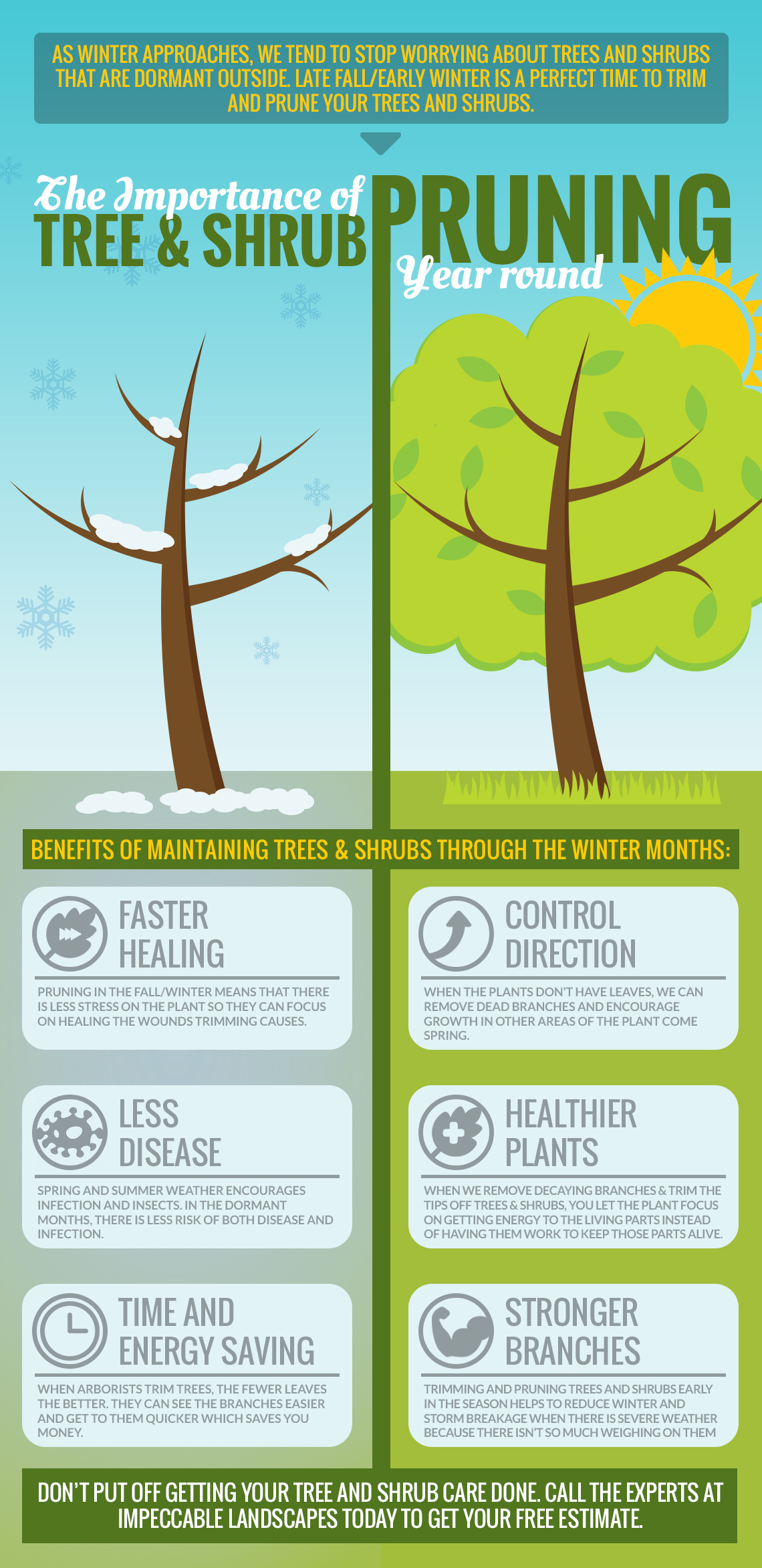Recognizing The Demand For Tree Removal: An Overview For Homeowners
Recognizing The Demand For Tree Removal: An Overview For Homeowners
Blog Article
Created By- maintenance super include beauty and worth to residential property, but they can also present a threat throughout severe climate occasions. If a tree has quit expanding, is displaying visible fungal development, or has a leaning trunk, it needs to be gotten rid of by an expert to prevent residential property damage and injury.
To get more information, go to a house owner resource fair co-hosted by HPD, the Center for New York City Neighborhoods, and Brooklyn-based real estate partners this night in Bedford-Stuyvesant. The event will include the Home owner Handbook, a new overview to aid home owners browse the responsibilities of owning a home.
1. Dead or Perishing Branches
Trees are an indispensable part of your home's landscape, using color and charm. They additionally provide sanctuary for wildlife and generate oxygen, but even healthy and balanced trees can experience illness that might necessitate their elimination. Dead or passing away trees aren't just unsightly, they can be hazardous. Their branches might fall throughout a storm, bring about expensive building damage and injuries.
When a tree's branches start to pass away, it means that its framework is starting to break down. If the majority of its branches are dead, it is most likely time to remove it.
Try to find an absence of new growth, bark peeling, open wounds or tooth cavities, fungi growing on the trunk or roots and a basic appearance of decay in the whole cover. These indications of infection can show a significant problem that will certainly need expert tree solutions to deal with.
2. Leaning Trunk
While it's typical for trees to lean once in a while because of phototropism, if a tree has a hazardous or serious lean that's not as a result of natural processes - it could be an indicator that the tree needs to be eliminated. If the tree is favoring a high-voltage line, home, vehicle, play structure or any other location that could be unsafe to people if it falls, after that getting in touch with a specialist tree solution for elimination need to be a leading concern.
It's additionally essential to watch for any type of sudden changes in a tree's leaning as it can indicate damages to the roots or trunk that may result in falling. This is specifically real throughout thundercloud, considering that high winds and rain-soaked soil can trigger a lean to change quickly. Normal monitoring, particularly throughout and after storms can help homeowners identify possible issues with their trees so they can call an arborist for a detailed evaluation.
3. Bug Infestation
Some pest infestations, such as wood-boring bugs like emerald ash borer or sap-suckers like range bugs, are so extreme that they can cause a tree to die. The most effective method to prevent pest invasion is to check your trees regularly. Look for spots, holes, or discolorations in the leaves and bark. Check out the trunk for cracks and indicators of insect damage, such as passages or tracks.
If a tree comes to be too ravaged with bugs, or is close to a home or high-voltage line, an arborist may recommend elimination. If a leaning tree establishes a new, unsteady lean, an arborist will likely advise removal as well to make certain the safety and security of individuals and home. If https://www.nintendolife.com/news/2020/02/remodel_the_landscape_in_animal_crossing_new_horizons_to_make_your_own_waterfalls weakened or dead tree constantly drops extreme branches, it is an indication that it is time to get rid of the tree. If a tree continues to lose branches for a prolonged period of time, it could result in architectural issues and potential residential or commercial property damage.
4. Harmed Trunk
Trees are a gorgeous and vital part of our landscape, but they do call for routine like maintain them healthy and balanced and secure. If a tree is harmed beyond repair it is most likely time for it ahead down.
Seek signs of damages to the trunk, including upright splits, joints, dead branch stubs, noticeable injuries or open dental caries and severe tree-rot. The existence of fungi at the base of the trunk is an additional cautioning indicator. landscape property management may indicate that the phloem and xylem (life-support cells) are jeopardized, allowing for the spread of disease or a future failure.
Additionally, consider whether the tree has actually quit expanding. Healthy trees will certainly have brand-new development yearly, which may be visible as buds or branches growing and expanding. If you do not see any kind of new growth, it's a good concept to have an arborist assess the tree and follow their suggestion for elimination. A dying or harmed tree can drop and trigger residential property damages.